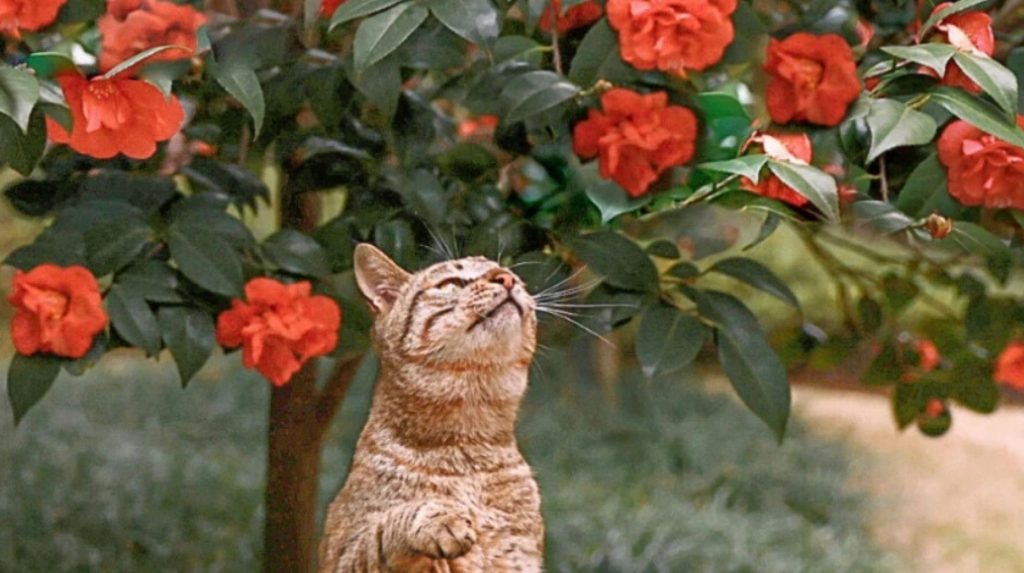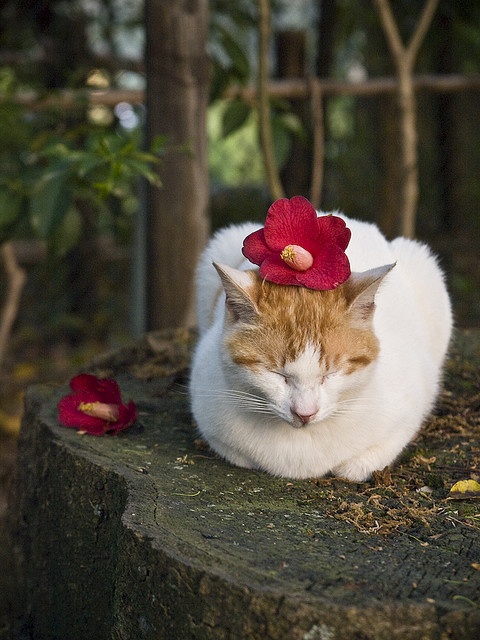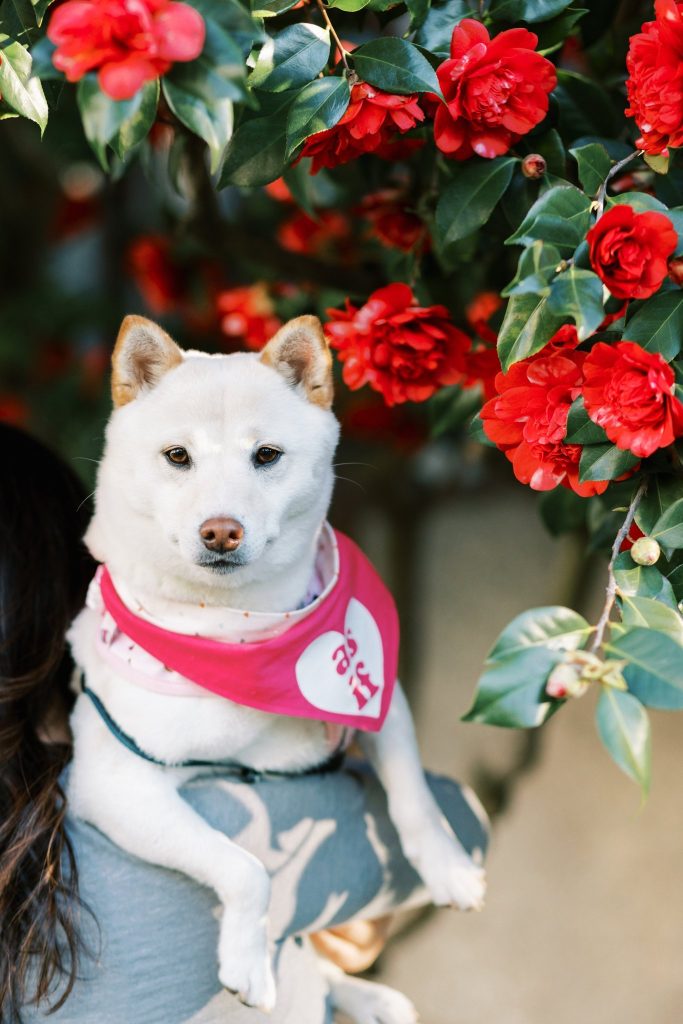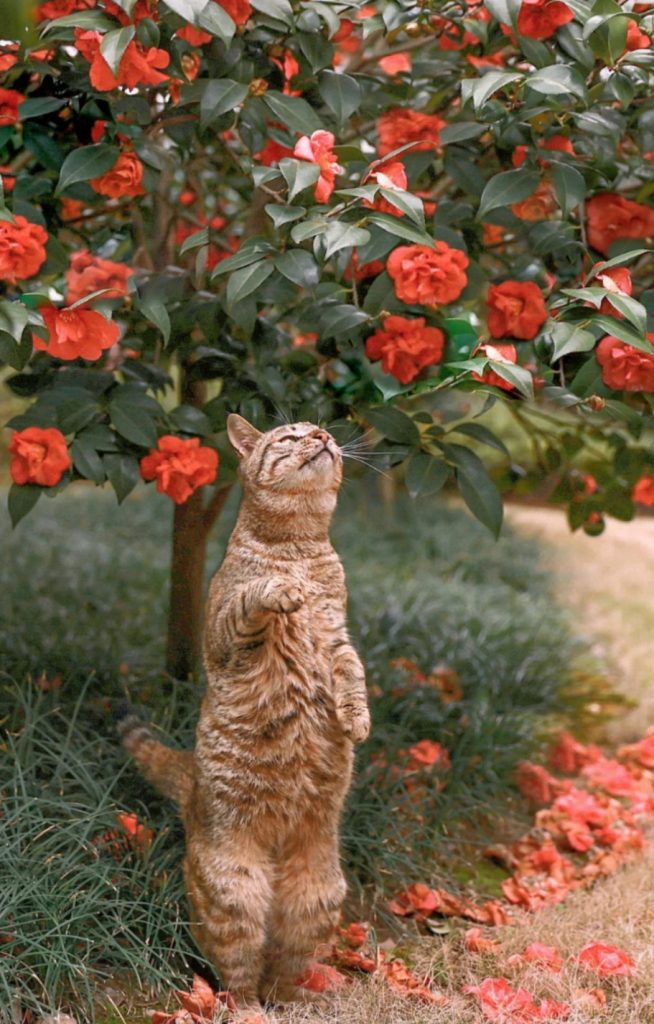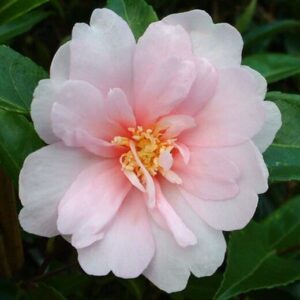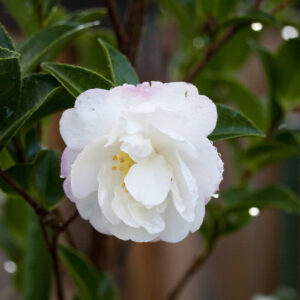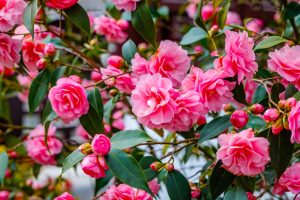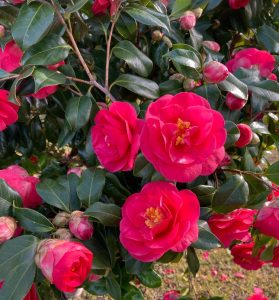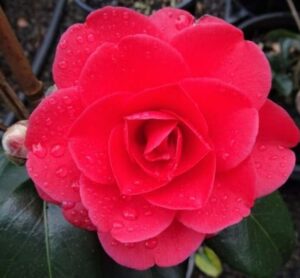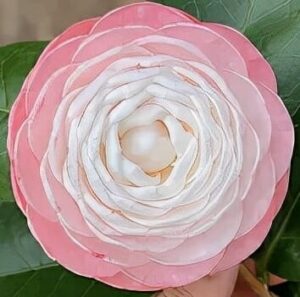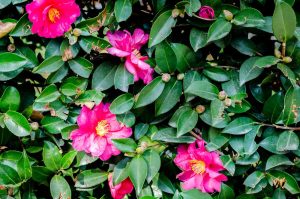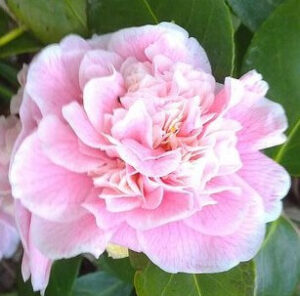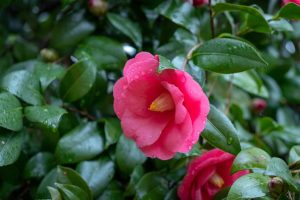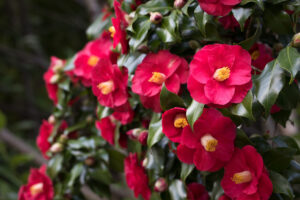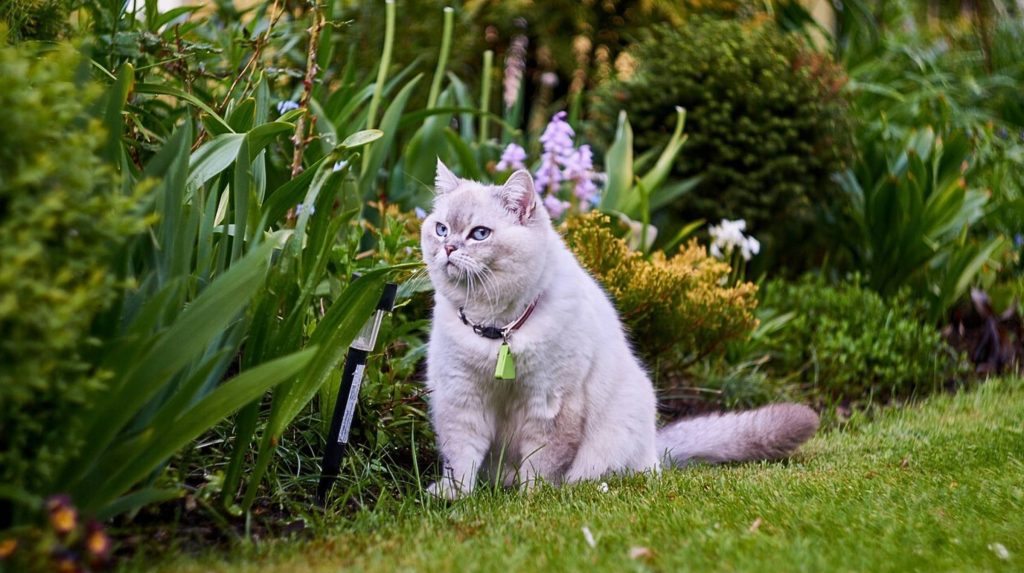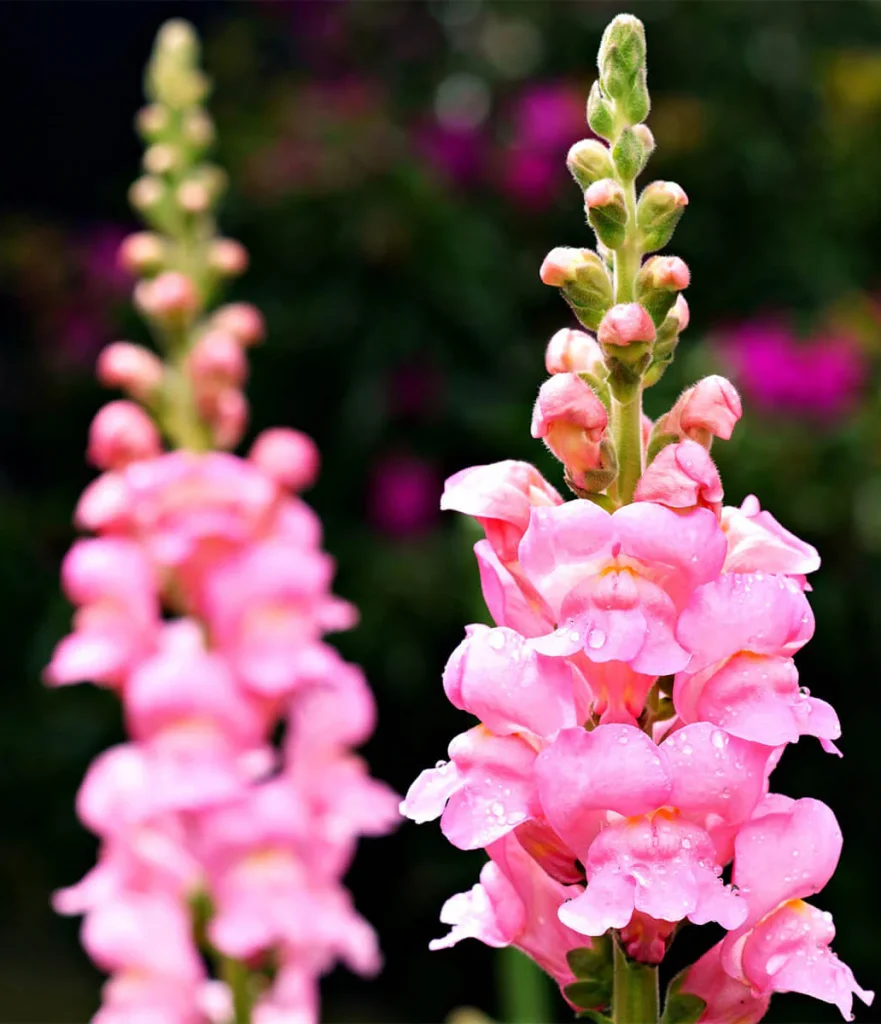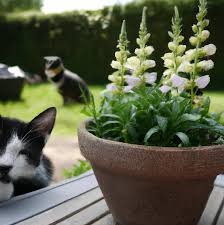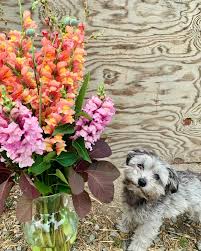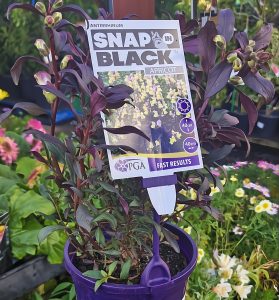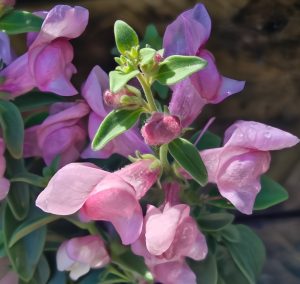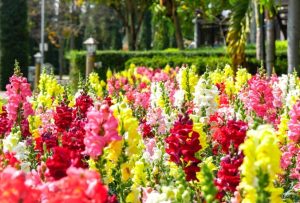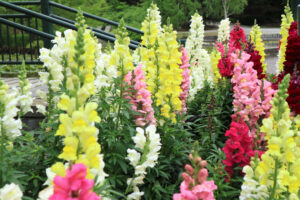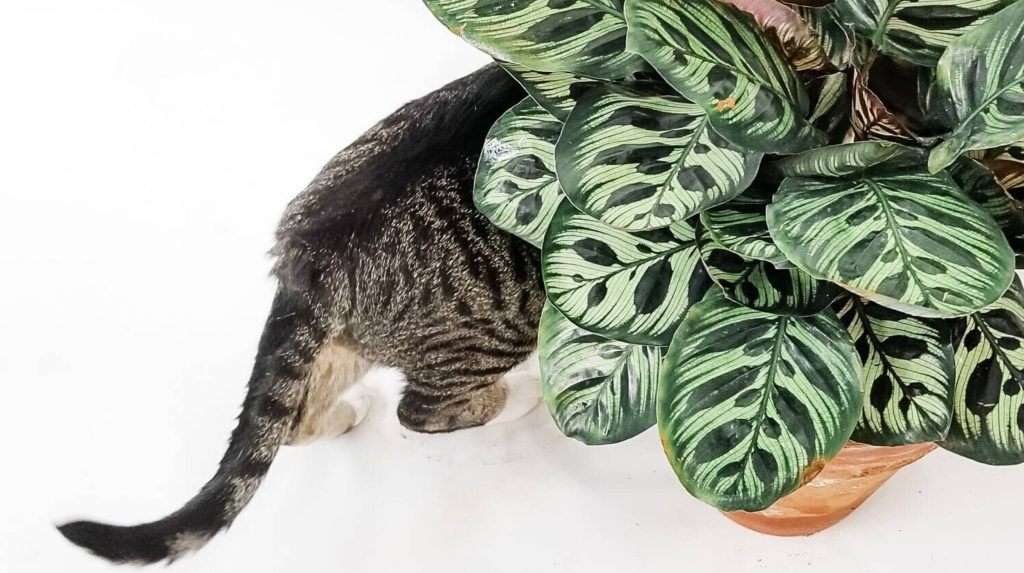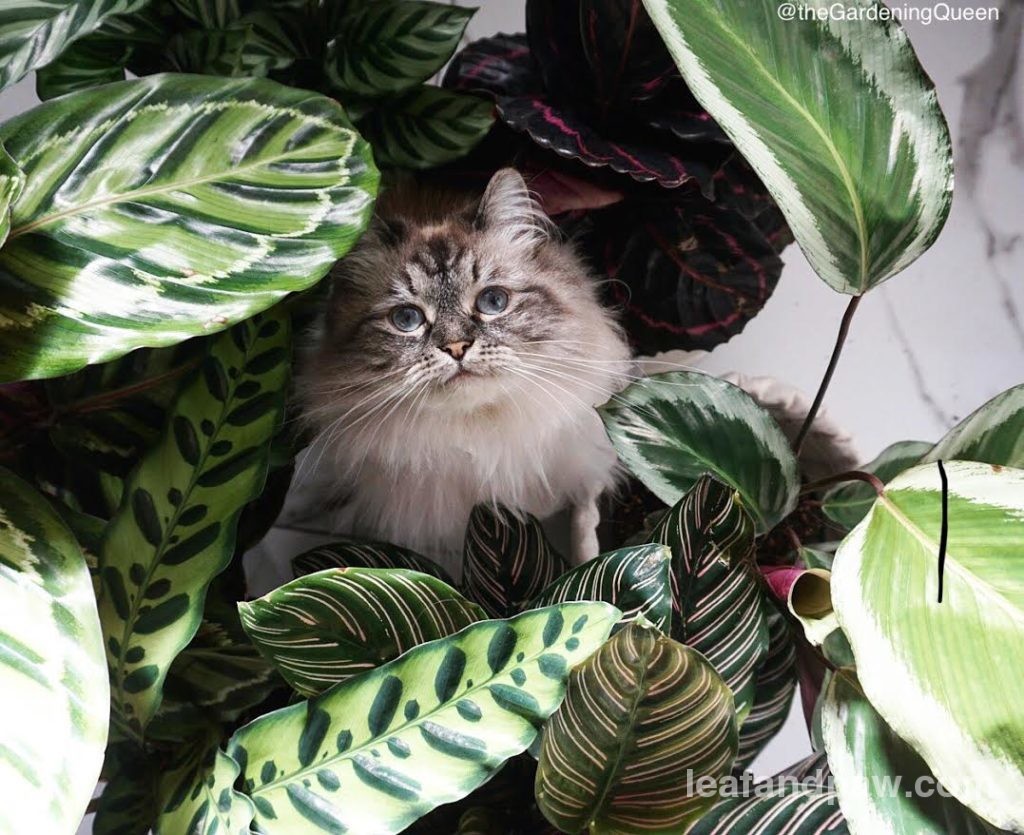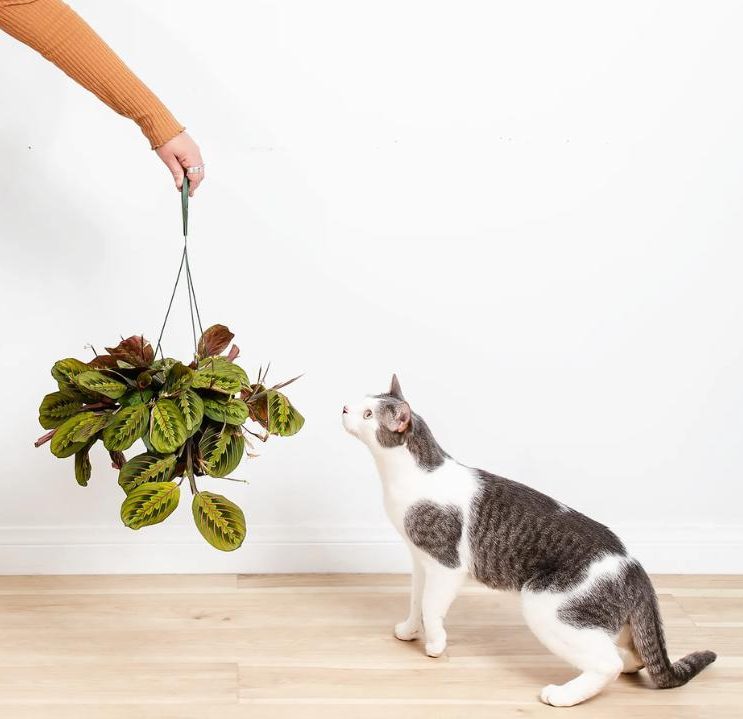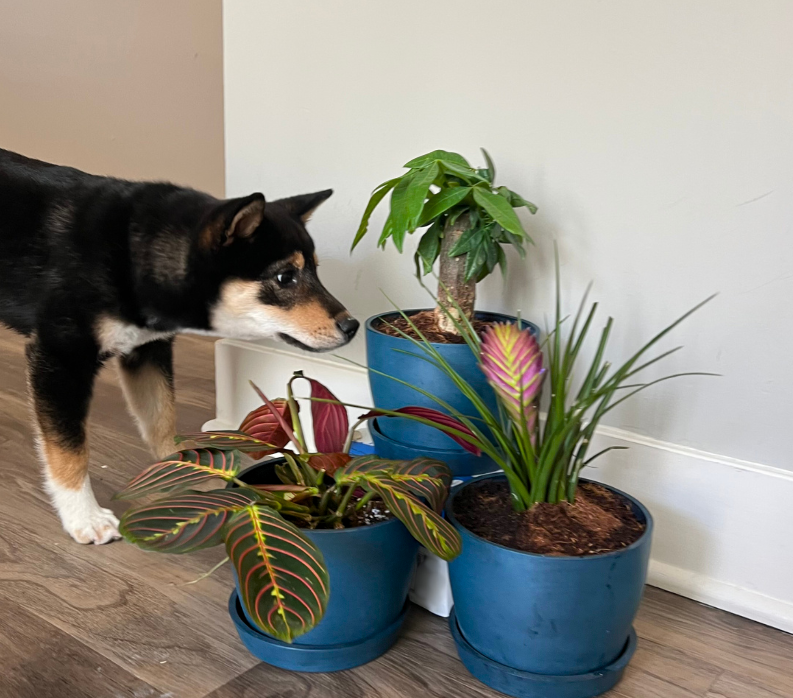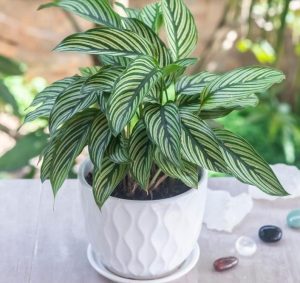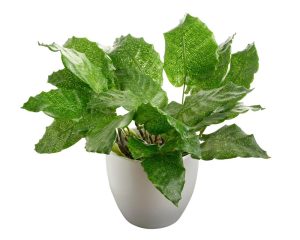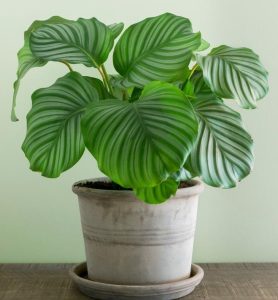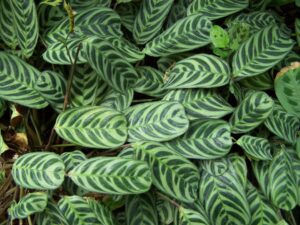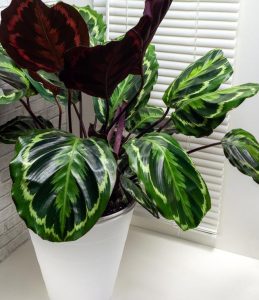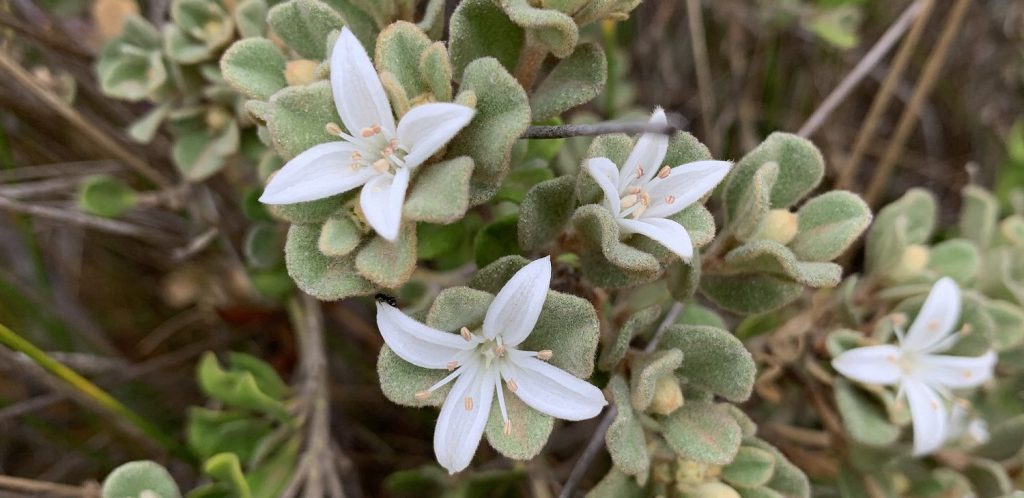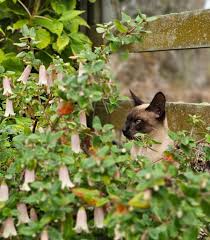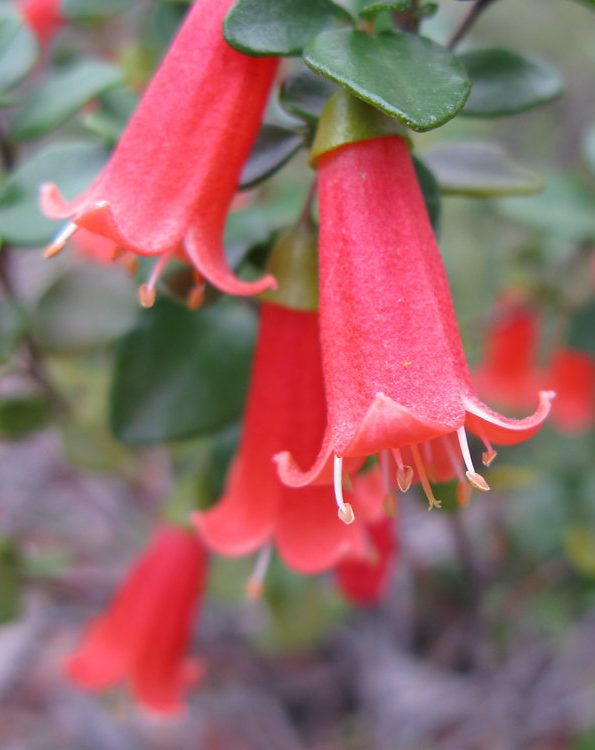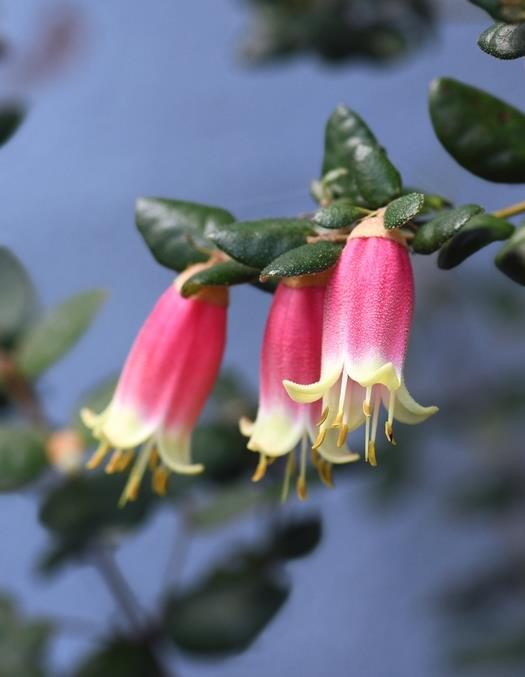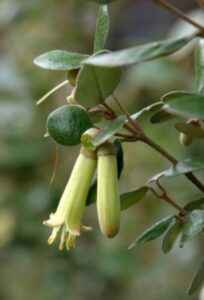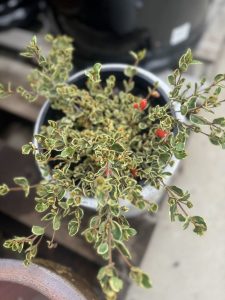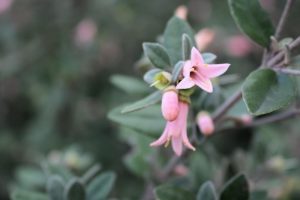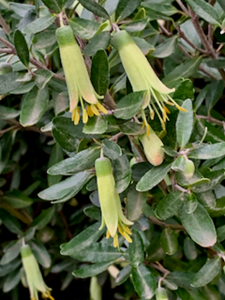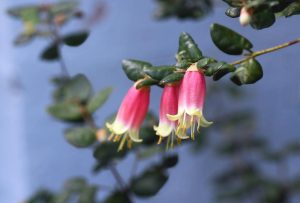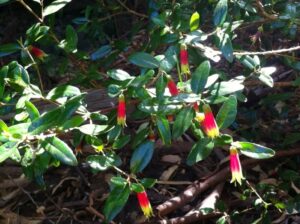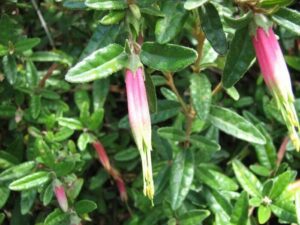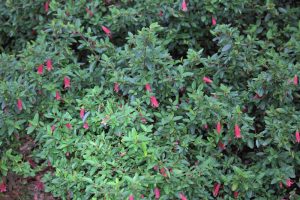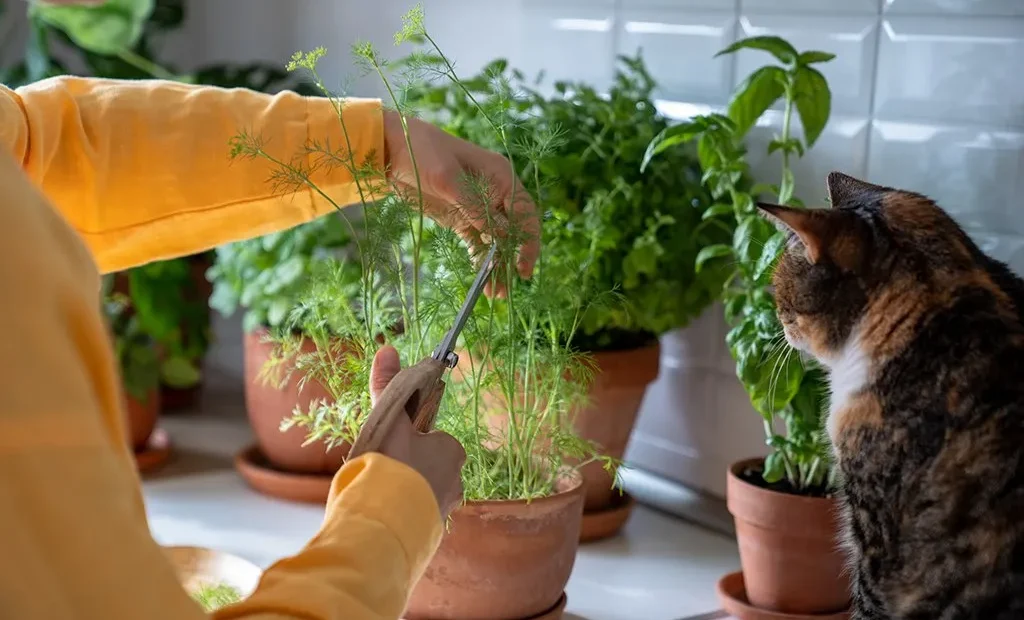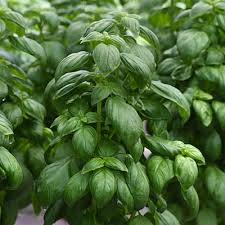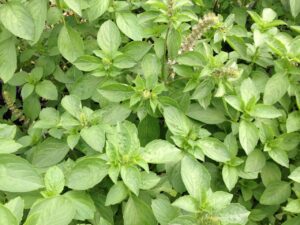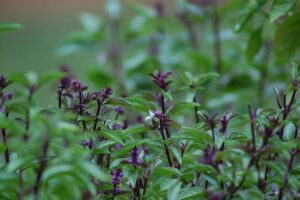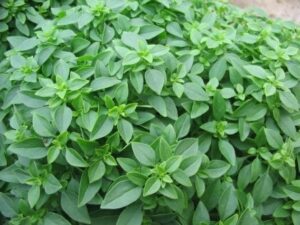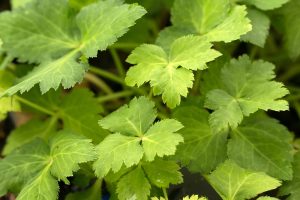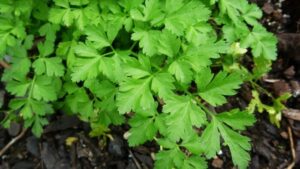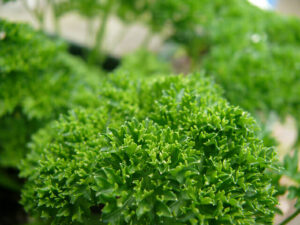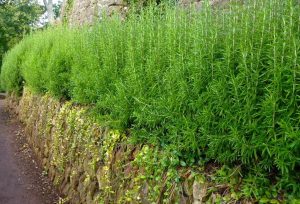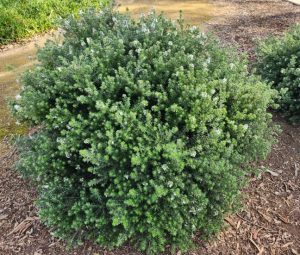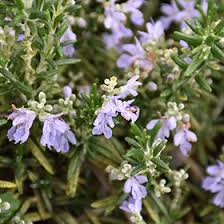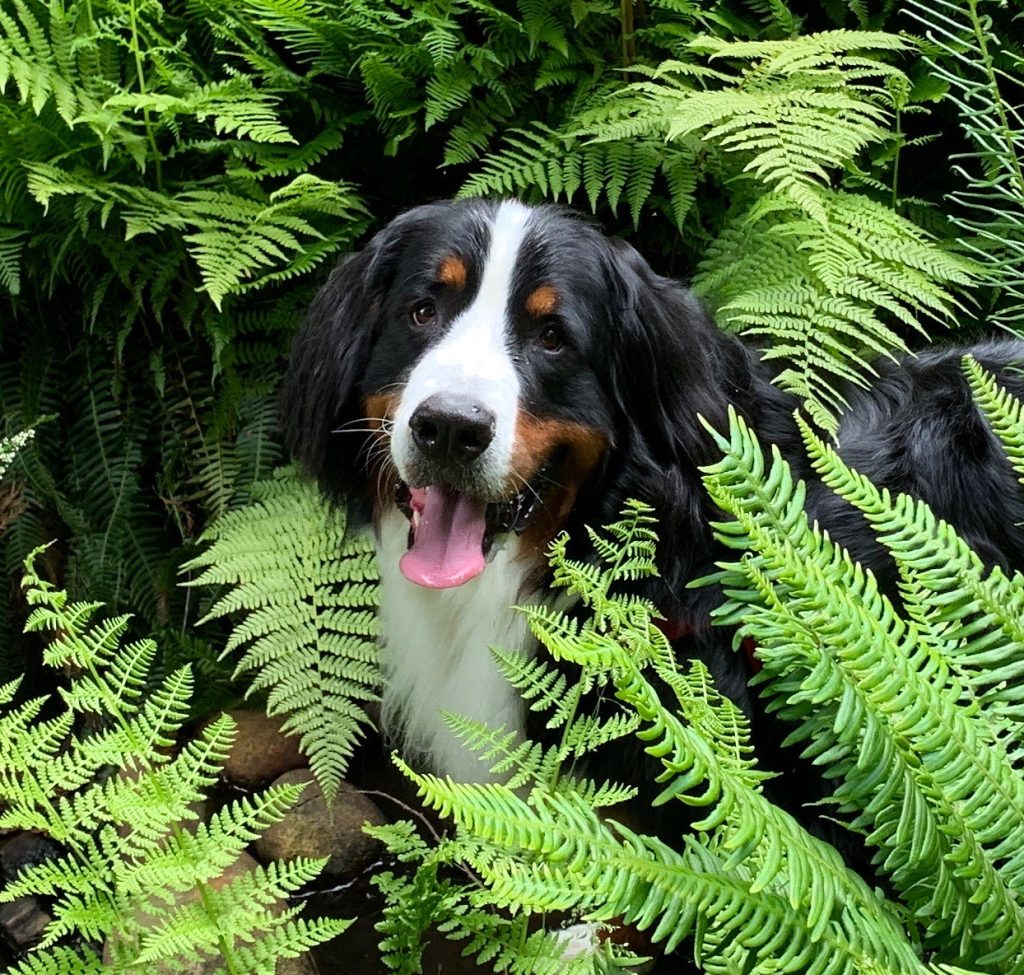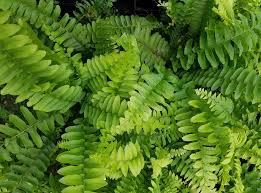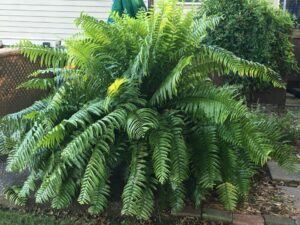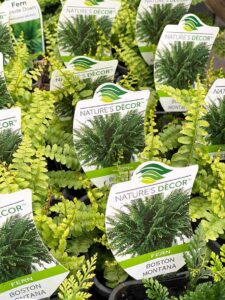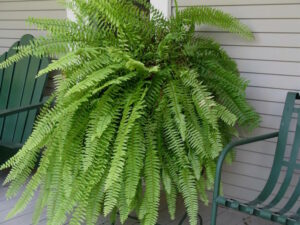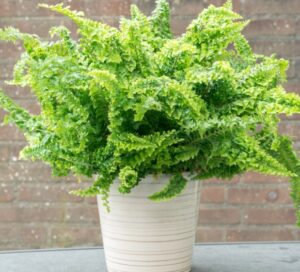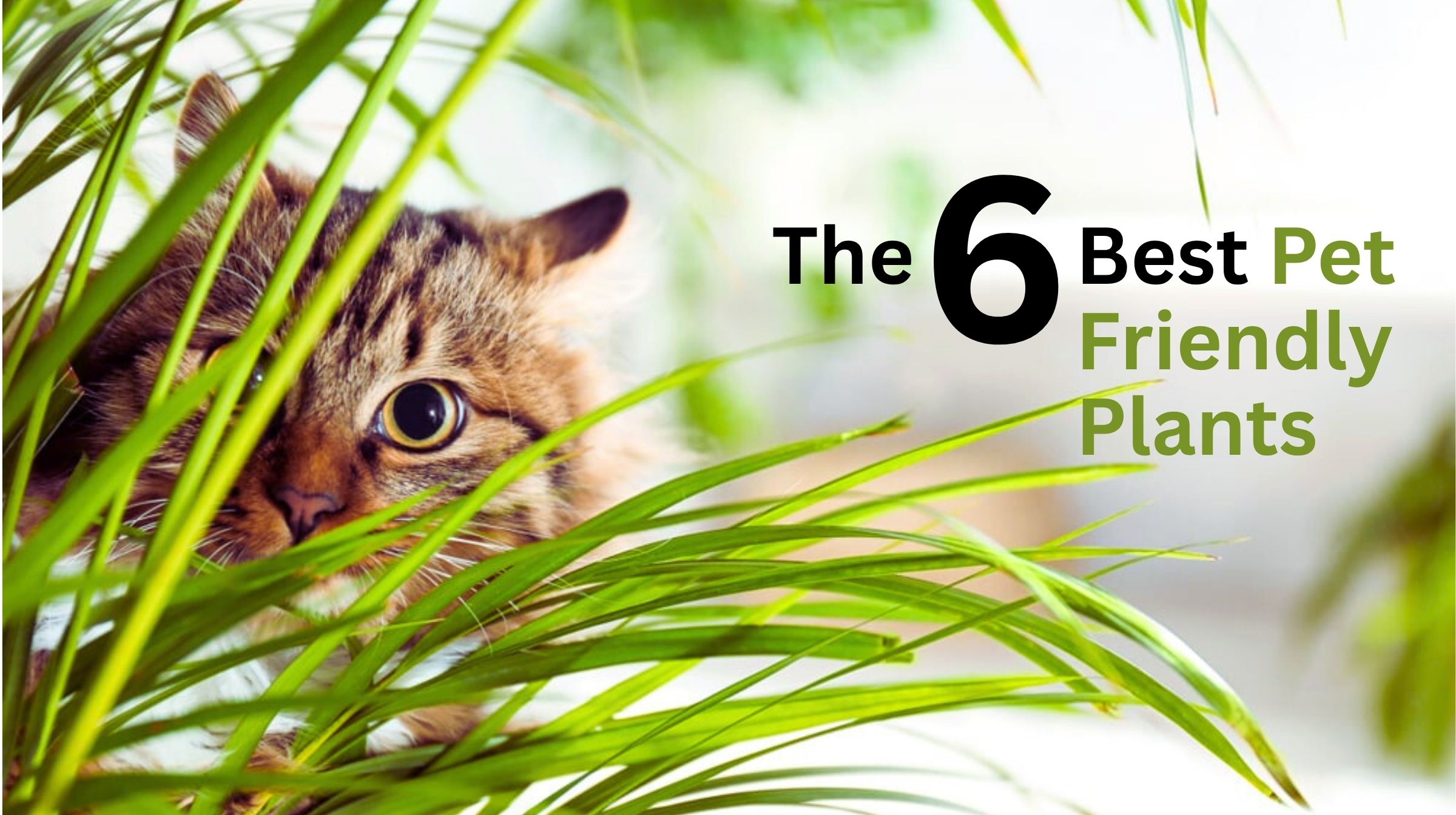
The 6 Best Pet Friendly Plants
In Victoria there is an estimated 1.4 million households with a pet – that’s a whopping 58% of adults with a pet. So it’s no surprise that one of the most common questions we get in our Live Q&A is – Is that plant pet friendly?
Maybe you’re looking for an indoor plant that won’t hurt your cat if it decides to take a nibble of it, or you want something in the garden that won’t hurt your bunnies or dog.
Jump straight to the 6 Best Pet Friendly Plants:
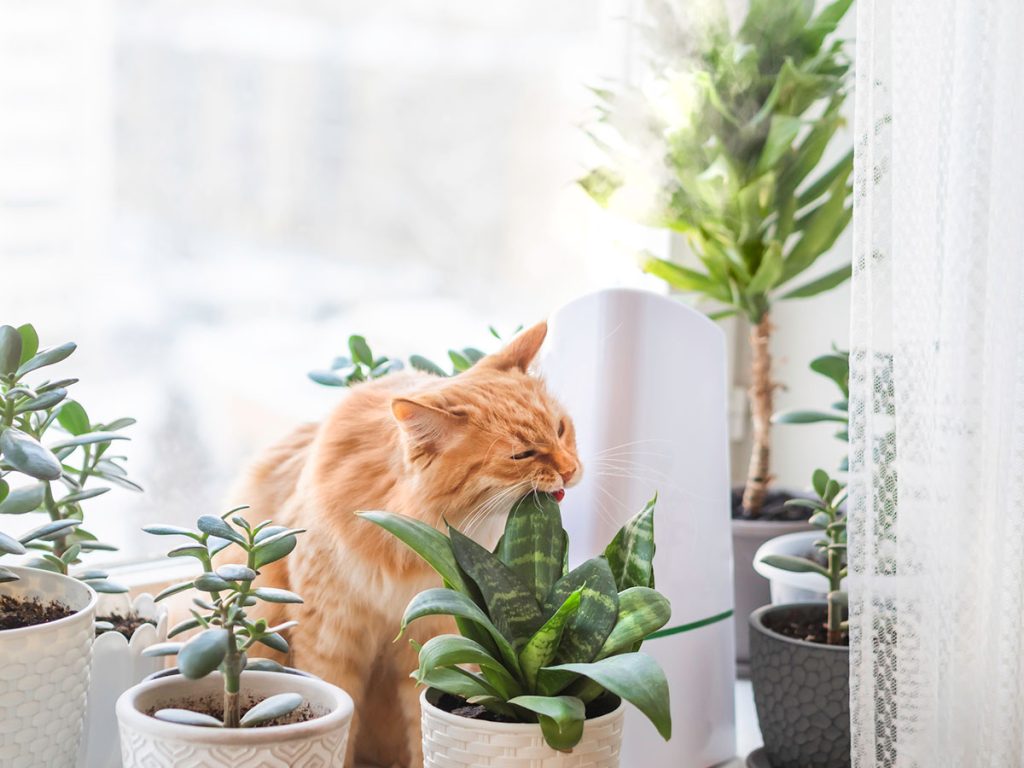
Also a quick aside, if you’re not already coming to our weekly Live Q&As, what are you doing?? It’s a free space where you can come and ask all your niche questions to gardening expert Chris and get them answered on the spot. Join us at 12pm on any of our platforms (Instagram, Tik Tok, Facebook, X and YouTube) and level up your gardening.
Anyways, today we’re going to chat about the six best pet friendly plants and also mention the plants to absolutely avoid. Now most plants shouldn’t be a problem for pets, but we want to touch on the most beautiful and versatile options that have been proven by reputable sources and ASPCA to be okay.
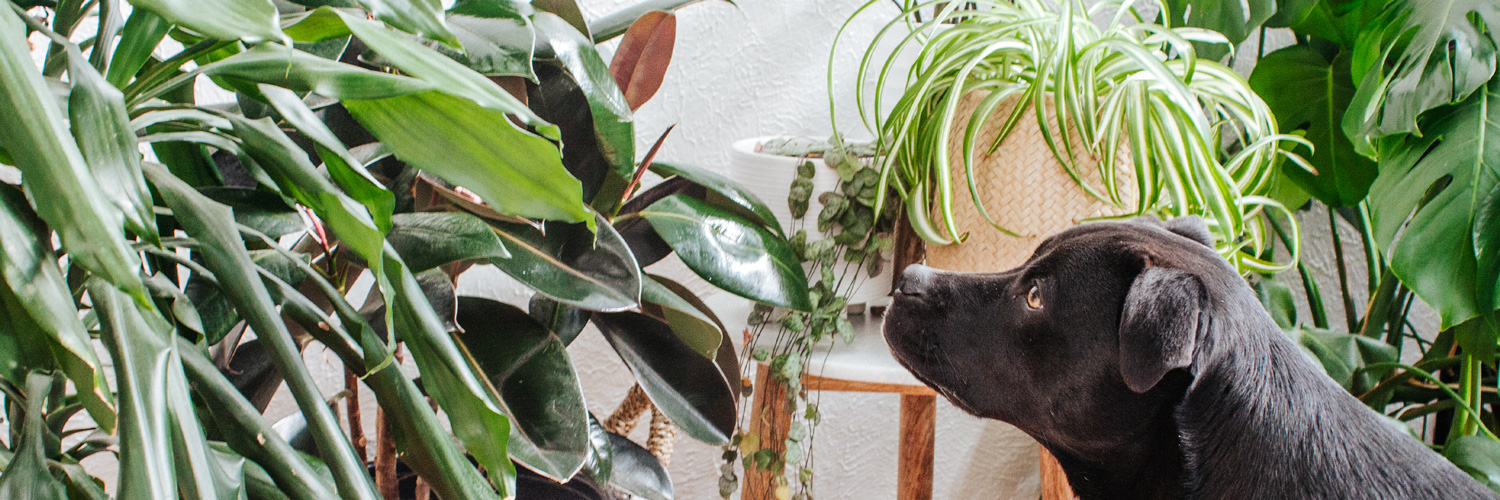
Read on and make sure your furry friend will love your plant choices as much as you do. Please note this is not a countdown, all of these plants are equally great, and it depends completely on what your needs are for which plants is the best for you.
Here’s a fantastic evergreen shrub that will add a lush, classy touch to your garden. Best of all, in the colder months of autumn and winter this shrub bursts to life with colourful multi-petaled blooms.
With the flowers you have the choice between a classic white, pale pink, vibrant hot pink or striking red. Each variety has the same dark green glossy foliage that oozes elegance.
There’s a number of different ways you can use this plant in the garden. Camellia’s dense foliage makes for an excellent privacy hedge and if you’re wanting a screen quickly choose a Camellia sasanqua for faster growth.
Plant a single Camellia by itself for an elegant feature plant that will give you year round beauty with its glossy leaves and autumn to winter blooms. The best varieties for this application are either Camellia japonica or Camellia reticulata.
Got a bare spot under a tree? Camellias love protection from the harsh afternoon sun and will provide an extra layer of greenness and interest.
Pop your Camellia in a large pot and enjoy its beauty on the balcony, patio or in a courtyard garden. Tip – create privacy on your balcony by placing the Camellia against the side to create a lush green screen.
The most complimentary garden styles for a Camellia are a Woodland or Japanese style garden where they pair perfectly with azaleas, ferns and hostas.
Camellias thrive best in partial shade to dapple sun, but there are varieties that are more shade loving than others. They require a medium level of maintenance mostly consisting of pruning after flowering, regular watering when first establishing and a rich, acidic, well-draining soil.
A good tip is to use camellia/azalea potting mix if it’s planted in a pot, and if it’s planted in a garden bed use compost and acidic mulch like pine bark. You want to avoid full sunny hot spots, and if you area does get quite a bit of sun keep the roots cool with mulch. Use 5-7cm of pine bark or sugarcane mulch.
To really make your Camellia thrive use a slow release, low-phosphorus fertiliser once in early spring and again in summer.
This annual/short-lived perennial also made the cut for our list of the best cut flowers to grow in Victoria, so you know this is an amazing plant. Puns aside, this is a gorgeous plant that adds so much life and beauty to a garden.
They grow in vertically, with the stems being covered in flowers from top to almost bottom – a unique design that you don’t see as often in flowering plants.
It’s also a low maintenance annual that flowers from spring through to autumn with vibrantly coloured blooms. You have the choice between yellow, white, red and pink to fill your garden with.
They’re cheery cute annuals that you can use in a couple different ways. Like we mentioned before, you can grow them for use as cut flowers and actually repeated harvesting encourages more blooms.
They make for excellent borders or edging when planted in a row or cluster to create a pop of vertical colour. Or you can use them in a seasonal bedding display where you pair them with other annuals and short-lived perennials like petunias, pansies and violas.
Snapdragons are perfect for a cottage garden but are also great for a pop of colour in any garden style. They grow great in pots or window boxes and can be used to create a really distinctive layered design. Pop them in the back for the highest layer, then plant shorter flowers in the front and add even more interesting with a cascading trailing plant that spills over the side.
If you like changing it up in your garden, then these annuals are perfect because you can have them for a year and then change it out for something new the following season. They’re also the perfect plant for a beginner as they are so easy to grow from seed and require such little maintenance.
Here’s a fantastic indoors option that is going to give your home beauty through its large, patterned leaves and tropical appearance. You can also grow it in a garden bed in a shady location.
The silver and white striped pattern creates a distinctive look while still remaining in a neutral colour palette. What’s really captivating about this plant though is the way the leaves fold up at night – like hands in prayer.
They grow to about 50 x 50cm and you want to pop it in a spot that gets bright indirect sunlight. They require a medium level of maintenance. You want to water them when the top 2-3cm of the soil feels dry and if possible, try to use room-temperature or filtered water because they can be sensitive to fluoride.
Don’t plant in direct sun as it can scorch the leaves. They can tolerate lower light, but the colours may fade. Prayer Plants love high humidity and can struggle in winter when the air gets quite dry in homes – potentially attracting spider mites or mealybugs. You can use a humidifier or group it with other plants to counteract this.
It’s best to use a light, well-draining soil mix such as potting mix, perlite and orchid bark. In spring and summer fertilise it monthly with half-strength liquid fertiliser. Remove yellowing or damaged leaves and occasionally wipe the leaves clean of dust.
The most important thing is to give your Prayer Plant steady moisture, humidity and soft light.
This hardy Australian native shrub is perfect for those wanting something low maintenance in the garden. The coarse green foliage complimented by bell-shaped flowers in autumn to spring makes for a great support act plant.
It grows up to 1.5 metres and is both frost and dry tolerant.
You can use Correa in a number of ways, even trimming it into a ball for a modern formal style that is distinctive from typical English box balls.
Correa is perfect for understory planting because it naturally grows beneath larger trees in the wild and loved shaded or dappled light areas.
Plant in a spot with full sun to part shade and it grows well in both garden beds and containers. This Correa is so animal safe that it even attracts beautiful bees and native birds!
Of course it’s perfect for an Australian native garden but can add subtle beauty and winter colour to any garden style. Different varieties have different coloured flowers, but the most common Native Fushia type has bright pink and cream flowers.
They also make for great low hedges/borders and can either be kept nice and neat with a trim or allowed to grow more naturally for an informal look. Take it a step further and clip them into particular shapes to create low mounds, domes or balls. They also grow great in a pot!
Correa are very useful on embankments and sloping areas because they have a dense root system that helps prevent erosion. They are also very useful in coastal spots as they are salt tolerant, dry tolerant and can handle poor soils once established.
A very hardy useful plant!
There are a number of edible herbs that are safe to pets and are a great low maintenance addition to the garden – and kitchen!
We’re going to specifically talk about Basil, Parsley and Rosemary.
Basil is such a great herb for many dishes, really bringing out tomato dishes like pastas, pizzas and soups. But did you know that Basil repels aphids, mosquitoes and whiteflies, while attracting bees and good insects.
You can either keep basil indoors by a windowsill or plant it in a pot on the patio. Even plant it by doorways and let that sweet strong aroma greet you when leaving the house. Make sure to keep basil warm – it won’t tolerate frost and water it consistently.
Parsley also has a wide range of uses in the kitchen, spanning from salads and meat marinades to delicious sauces like chimichurri. Plant them as border edging in a veggie bed outside or keep them in a pot on the balcony. Their pretty flowers attract ladybugs and bees which are beneficial to other plants too.
A good tip is to grow them with carrots, onions and tomatoes in a full sun to part shade spot. Make sure to regularly water it.
Rosemary is great in the kitchen, but especially useful in the garden because it grows bigger than these other two herbs. Rosemary is a shrub that can be used as a border or low hedge, a single feature, or even trained into a topiary for something really interesting. You can also plant it in a pot to put it in the patio – we recommend a terracotta pot for best visual appeal.
The herb itself can be used in marinades, roasts, infused oils and focaccias. This drought tolerant plant compliments a Mediterranean style garden and is a great solution if you want a garden that has low water needs. It also flowers for long periods of time and attracts bees, while repelling pests like cabbage moths!
Each of these herbs are delicious to eat – and it won’t matter if your furry friends take a nibble out of them too!
-
Rosmarinus ‘Common Rosemary’ 7″ Pot
0 out of 5 0$24.99Original price was: $24.99.$14.99Current price is: $14.99. -
-
Rosmarinus ‘Chef’s Choice™️’ Rosemary
0 out of 5 0$16.99 – $25.99Price range: $16.99 through $25.99 -
-
Rosmarinus ‘Huntington Carpet’ Rosemary
0 out of 5 0$7.99 – $14.99Price range: $7.99 through $14.99
Here’s another fantastic indoors option that will add greenery and lushness to your home – and you won’t have to worry if your cat gets into it. This is a reliable and low-medium maintenance fern that adds a tropical touch – pair it with enough other tropical style plants and your own home with feel like an island getaway!
The long weeping palm fronds creates a beautiful feature either in a pot or hanging basket to really accentuate that weeping habit. Plant it in indirect light or dappled sun and keep it well watered with a good level of humidity. This lush plant is also air purifying, helping your home be nice and clean.
-
-
-
-
-
Nephrolepis ‘Fluffy Ruffles’ Boston Fern
0 out of 5 0$14.99 – $24.99Price range: $14.99 through $24.99
Plants to Absolutely Avoid for Pets
We wanted to quickly cover some of the plants you can’t have in the garden if you have pets because they are very dangerous and even lethal.
- Lily is extremely toxic to cats and can cause kidney failure.
- Oleander is poisonous to animals AND humans, causing heart issues, tremors, vomiting and death.
- Sago Palm is toxic for dogs and cats and can lead to liver failure and death.
- Daffodils are toxic for pets, causing seizures, vomiting and diarrhea.
- Brunfelsia is alarmingly quite common in Victoria and can cause tremors and seizures in dogs.
- Foxglove is deadly for pets, causing vomiting, heart irregularities and death.
Please Note: This list isn’t extensive and it’s always best to check when planting something with pets in the house and backyard. But absolutely go ahead and plant the six ones we’d recommend and enjoy a beautiful safe garden!

Feeling inspired to create your own garden, but want some expert advice? Try our one-on-one garden design service with Chris. Together you’ll come up with a selection of plants along with a layout plan that gives you the look you want, as well as being suitable for your local soil and conditions.
get your own tailored modern garden design:
Articles you may also like

Top 10 Best Plants for Shady Areas
There has never been more shade in Melbourne as there is now. Townhouses, units, and apartments are on the rise. Backyards are getting smaller. Sunlight is becoming more blocked. But everyone still wants a garden filled with plants. And you

Top 10 late winter blossoms for an early spring
We put together this list of the Top 10 plants that flower first in late winter (to give you that early spring feeling) because let’s face it: everyone loves spring. After the cold, dark gloom of winter, it’s always wonderful
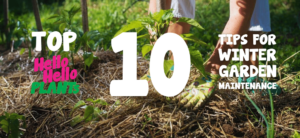
Top 10 Tips for Winter Garden Maintenance
Our tips for winter garden maintenance to prepare your garden for spring in Australia. Winter in the garden can seem like a miserable experience. Deciduous trees have lost all of their leaves, annuals have died down and a lot of



